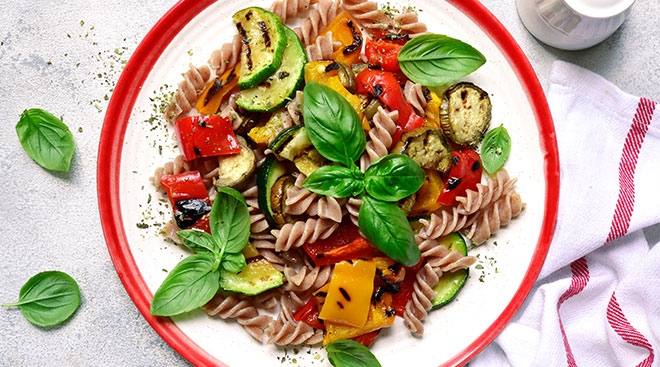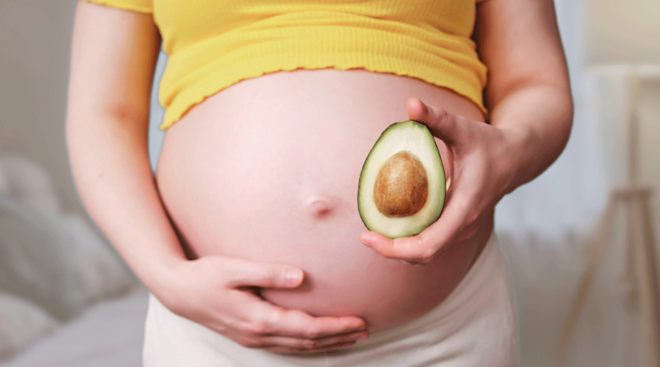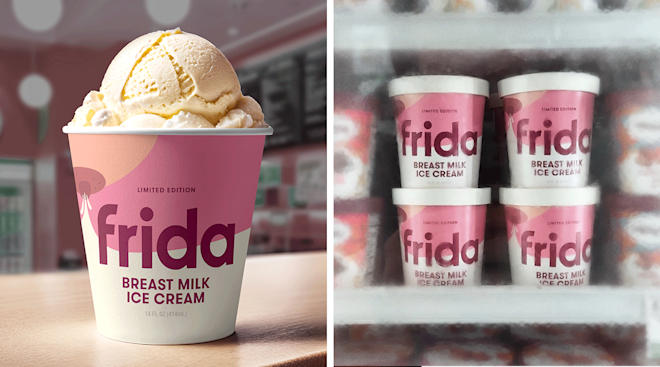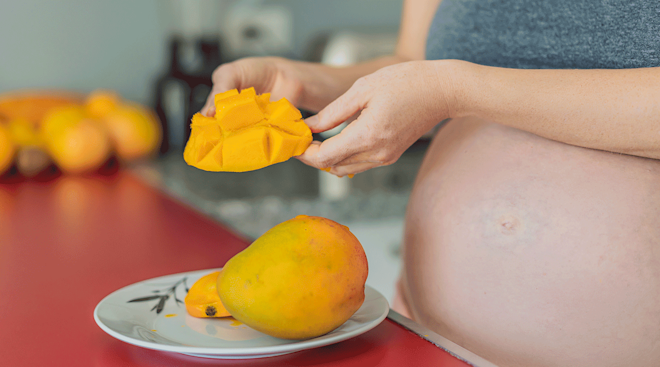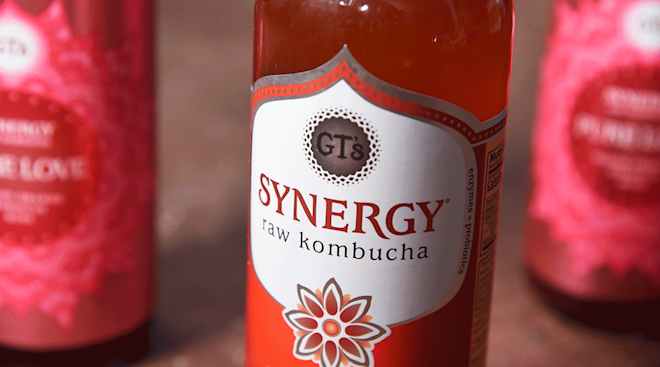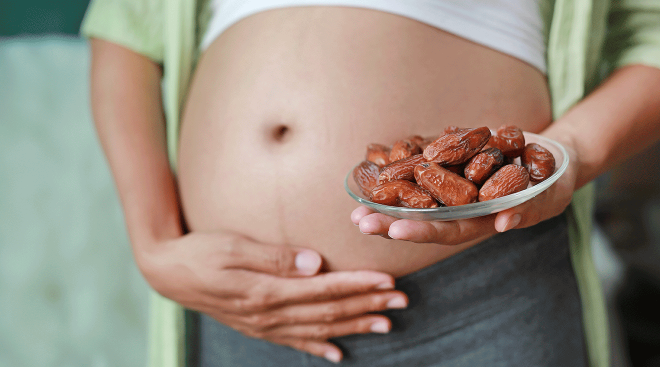These Two Minerals May Reduce Baby’s Risk of Hypertension, Study Says
Kids exposed to high levels of the trace minerals manganese and selenium in the womb may have a lower risk of developing high blood pressure (also known as hypertension), a new study found.
The study was conducted by researchers at the Johns Hopkins Bloomberg School of Public Health and published in Environmental Health Perspectives. It looked at the levels of toxic metals and trace minerals in blood samples from 1,194 women in the Boston area who gave birth between 2002 and 2013. The data was taken from the Boston Birth Cohort study, which was sponsored by the Johns Hopkins Bloomberg School of Public Health. Most of the mothers included were Black (61 percent) or Hispanic (20 percent).
In their analysis of the data, the researchers found that high levels of selenium or manganese in the mothers’ blood were associated with lower blood pressure readings in their kids three to 15 years later. The study also found that manganese had a strong inverse relationship with blood pressure in kids when the blood samples had higher levels of cadmium, a toxic heavy metal that can raise blood pressure.
Previously, research has suggested that some people are predisposed to hypertension and it can start very early. However, protection from that predisposition can also start early. To get more clarity, the study compared the kids’ blood pressure readings to the levels of toxic metals and trace minerals in the maternal blood samples. Toxic metals like lead, mercury, and cadmium have been associated with high blood pressure in adults, and trace minerals like manganese and selenium have been associated with lowering blood pressure.
While the researchers did not find a direct link between these toxic metals and increased blood pressure in kids, they did find a link between maternal levels of selenium and lower childhood blood pressure. The link between selenium and lower blood pressure was found to be stronger than that of manganese.
“These results suggest that healthy levels of selenium and manganese in mothers’ diets during pregnancy may protect their children against developing high blood pressure,” senior author of the study Noel Mueller, PhD, assistant professor in the Bloomberg School’s Department of Epidemiology said in the release. “This work highlights the importance of nutrition and environmental exposures in the womb for a child’s cardiovascular health and, as we continue research this further, could eventually lead to updated nutritional guidance and environmental regulations aimed at preventing disease.”
According to the study, high blood pressure is a major modifiable risk factor for serious illnesses like heart disease, stroke, kidney failure and Alzheimer’s. However it remains common, and the CDC estimates almost half of Americans have hypertension.
Though cadmium levels in the blood samples were not linked to higher childhood blood pressure, the study did find that when maternal blood levels of cadmium were higher, the inverse relationship between manganese and childhood blood pressure was much stronger. This suggests that manganese may protect against cadmium’s blood pressure-raising effect. This was particularly true for kids whose mothers had smoked during pregnancy.
“People often assume that exposures to heavy metals such as cadmium occur only in occupational settings, but in fact these metals are all around us—for example, cadmium is found in ordinary cigarette smoke,” first author on the study Mingyu Zhang, a PhD candidate in Mueller’s research group, said. The researchers will continue to try to replicate these findings based on other datasets.
Wondering what foods offer the antioxidant properties of manganese and selenium? Both can be found in a variety of foods, including nuts, grains, leafy vegetables and fish. If you’re looking for more ways to keep up a healthy diet during pregnancy, check out these tips.
Please note: The Bump and the materials and information it contains are not intended to, and do not constitute, medical or other health advice or diagnosis and should not be used as such. You should always consult with a qualified physician or health professional about your specific circumstances.
Navigate forward to interact with the calendar and select a date. Press the question mark key to get the keyboard shortcuts for changing dates.

































